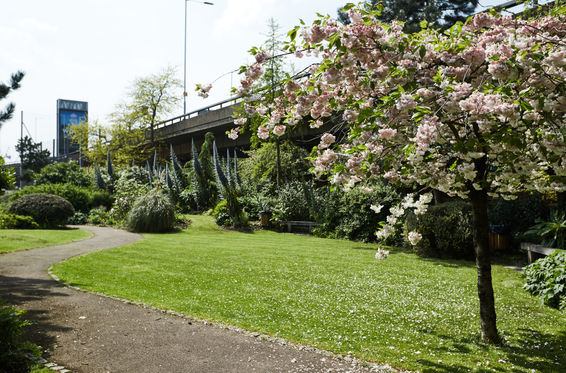RAD

Mission Statement
Building upon the visoin, is the objective of this proposal to deliver a decisively sustainable Phase-1 regeneration of the Royal Albert Dock. Focus will be on the heart of the site as it stands: nurturing and enhancing its networks, infrastructure and built form. Vitality, community and habitat will be established on the RAD by way of low-cost, tactically urbanist measures. In turn, future growth will be cemented by ensuring these strong foundations.
Spatial Focus
The site map below establishes the parameters for focus on the RAD. Keen attention has been paid to the nature of the morphological layers. It is through this lens that development can be guided. The permeability of the public space network will be enhaced, removing any void space and creating new, compact blocks and designated green spaces.
By ensuring an effective public realm, RAD can grow healthily.

Key
.jpeg)
Case Study - The Westway Trust
The A40(M) flyover routed through North Kensington, London in the 1960s represented a major engineering feat - but it also severed connections in the built environment. Homes were demolished, streets divided and communities segregated³.
Through dedicated grassroots organisation, the local community partnered with the local authority in establishing what is now the Westway Trust, based in the 23 acres of void land underneath and along the flyover.
From this space, a people-based place has arisen. Alongside the provision of community and green spaces, 120 commercial units are let - supporting creative enterprises, retail, light industry and marketing to name a few⁴.
This project and the ethos behind it serves as fundamental precedence for the RAD.
Media Source: Westway Trust



